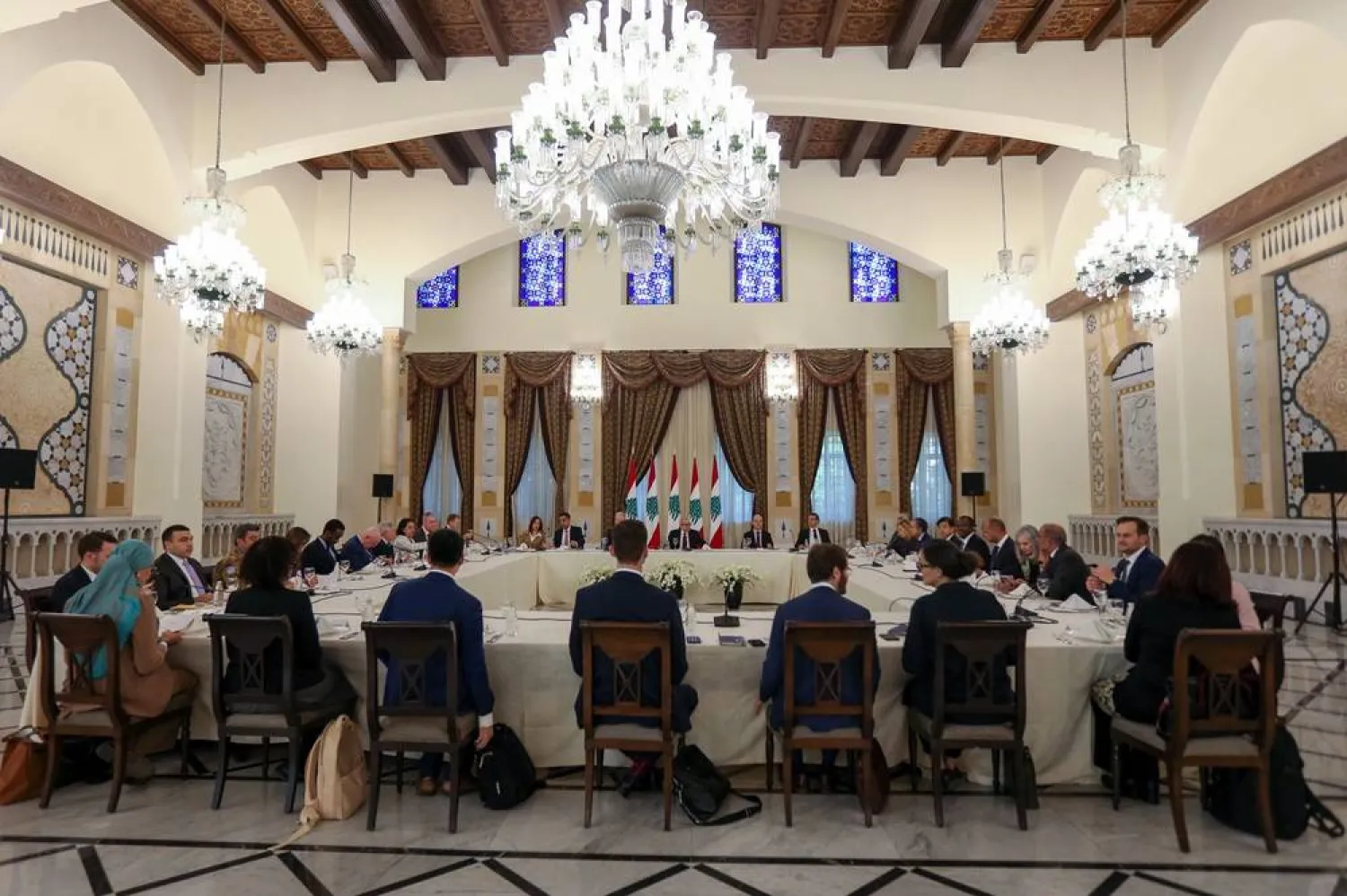Hamas was taken by surprise by news of the killing of Yasser Abu Shabab, the self-styled leader of armed groups operating east of Rafah in southern Gaza.
The movement stayed silent until his men confirmed he had been shot dead, while Israel’s account of the incident continued to stir questions amid firm denials from several sides. Ghassan al-Dahini, who is expected to take over the Popular Forces, vowed to press on in defying Hamas.
Hamas’s position
Hamas sources told Asharq al-Awsat that the movement had no involvement in the incident and learned of it with surprise, even though it has a clear policy of using force against anyone who collaborates with Israel.
The sources said the movement also has high level instructions to deal in particular with armed cells that serve Israel, including Abu Shabab’s group and others.
According to the sources, Hamas’s leadership decided to withhold comment until the circumstances of the killing became clear. Once the details were verified, the movement issued a statement.
The sources acknowledged that Hamas had hoped Abu Shabab would be killed by his own fighters who remained in the Rafah tunnels throughout the past period, but at the same time conceded that his death would have far reaching implications for Israel’s reliance on such armed groups. The sources said these groups have failed to achieve Israel’s aims, whether in challenging Hamas’s strength in Gaza, taking control of large areas or even sowing Palestinian divisions.
In its statement on Abu Shabab’s killing, Hamas said his fate was inevitable for anyone “who betrayed his people and homeland and accepted being a tool in Israel’s hands”. It accused him of criminal acts that represented “a clear break with national and social norms”. The movement praised families, tribes and clans that disowned Abu Shabab and anyone who had cooperated with Israel.
Israel, Hamas said, “had failed to protect its agents and would not be able to protect any of its collaborators”. It added that “anyone who undermines the security of his own people and serves the enemy will end up in the dustbin of history and lose any respect or standing within his community”.
The Israeli account
The Popular Forces, which Abu Shabab headed, confirmed he was killed while trying to break up a family dispute between members of the Abu Seneima clan. It stressed that Hamas had nothing to do with his death, describing the movement as “too weak to harm” the general commander or his comrades.
The group did not address the Israeli version that surprised many Palestinians. That account claimed Abu Shabab was beaten and kicked to death by his own escorts and bodyguards amid disputes over positions, money and his cooperation with Israel.
Hamas sources said the Israeli narrative amounted to a clear abandonment of those who work for it and was designed to tarnish Abu Shabab and the circumstances of his death in a way that serves Israel’s current interest in ending the phenomenon of such armed groups.
Israel had nurtured and supported them, the sources said, but now understands they have little value in influencing Hamas’s grip on Gaza and have become a burden, having failed to deliver what Israel sought, which was to fracture Palestinian society and take control of wide areas.
The sources estimated that Israel is now keen to eliminate Abu Shabab and others, particularly under continued United States pressure to move to the second phase of the war. That shift would reduce the areas under Israeli control in Gaza, where these groups are present. Israel had hoped they would serve as a governing force for the enclave.
Yedioth Ahronoth reported on Friday that Abu Shabab’s killing, after some had portrayed him as a rising force challenging Hamas’s rule, paints a more troubling picture.
It said official Israeli reports point to a silent and brutal war within his armed faction and that his killing was not a routine incident but a moment that exposed the collapse of Israel’s idea of forming a local alternative force to fill the civilian and security vacuum left by Hamas.
Although the newspaper had been first to report the security establishment’s version that he died from a severe beating, it later noted that he was shot during a brawl between his men and local families that then escalated into internal disputes.
The paper said Abu Shabab, in an earlier interview, “had boasted that he had become the strongest man in Gaza and saw himself as Hamas’s replacement. But the man who thought he was leading a revolution was brought down by the forces he helped empower and his vision of a different Gaza ended with the bullet that struck him in the back.”
A weak successor
The newspaper said Abu Shabab’s death created a “dangerous” vacuum and that no stable entity currently exists to replace Hamas in leading Gaza. It said existing militias are divided and disorganized and that Abu Shabab’s deputy, Ghassan al-Dahini, might assume leadership, although his position is far from secure.
Al-Dahini suffered a minor leg injury during the same incident and was taken to Barzilai Medical Center in Ashkelon for treatment, according to Israel’s Army Radio.
He appeared in a short video posted on social media performing the funeral prayer for Abu Shabab alongside dozens of gunmen, led by an elderly bearded man whose identity was not known.
In a brief interview with the Israeli newspaper published Friday, Al-Dahini vowed to continue Abu Shabab’s project and resist Hamas by establishing an alternative to its rule.
Al-Dahini, a former Palestinian security officer, described Hamas as too weak to undermine anyone’s morale.
Sources told Asharq al-Awsat that Abu Shabab was killed by two young men from the Debari and Abu Seneima clans. The two were later killed in a gunfight with Abu Shabab’s men during the incident in which he was present.









